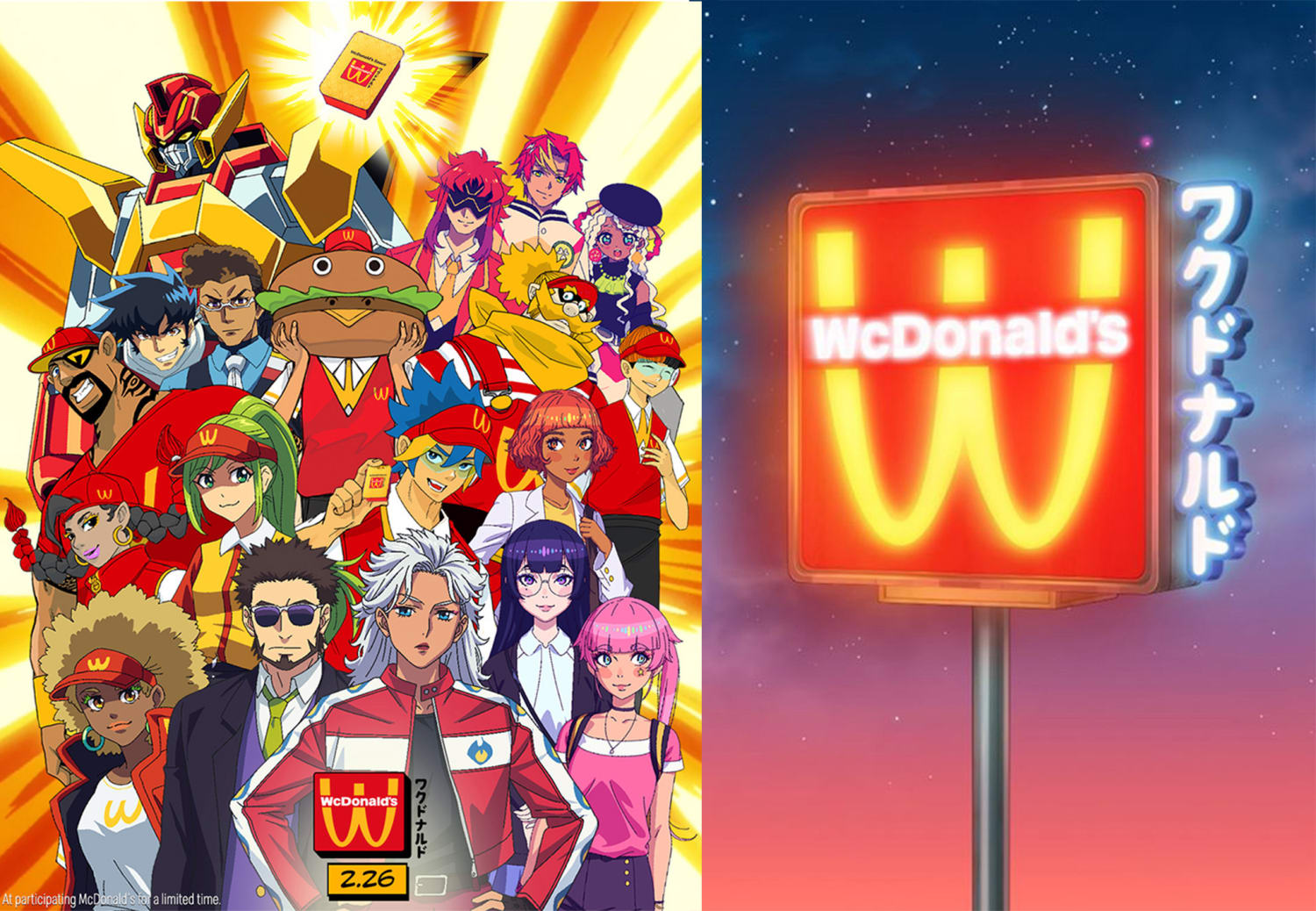Manga and anime are everywhere, it seems. Between 2020 and 2022 alone, demand for anime—which refers to Japanese animation versus manga’s comics and graphic novels—grew 118%, as shown by data from Parrot Analytics, making it “one of the fastest-growing content genres by that metric during the pandemic.”
In June 2024, the Japanese government announced it was seeking to expand its overseas market for video games, manga, and anime fourfold to $130 billion by 2033 as part of its Cool Japan strategy, the Japan Times reported. The Japanese Cabinet Office described the strategy’s soft power as “an extremely potent means of ensuring Japan can maintain its presence and influence on the global stage.”
The strategy document also stated that “content like anime and manga has played an extremely important role in attracting bigger and bigger young audiences abroad, serving as their ‘gateway’ to Japan.”
In a recent report on the impact of France’s Culture Pass—a grant for teens to spend on the arts—71% of the 24 million pass users have bought books, with half of those buying manga and comics, the Art Newspaper reports. It adds that “as a result, France has become a leading consumer of manga, second only to Japan, with 40 million copies sold last year.”





